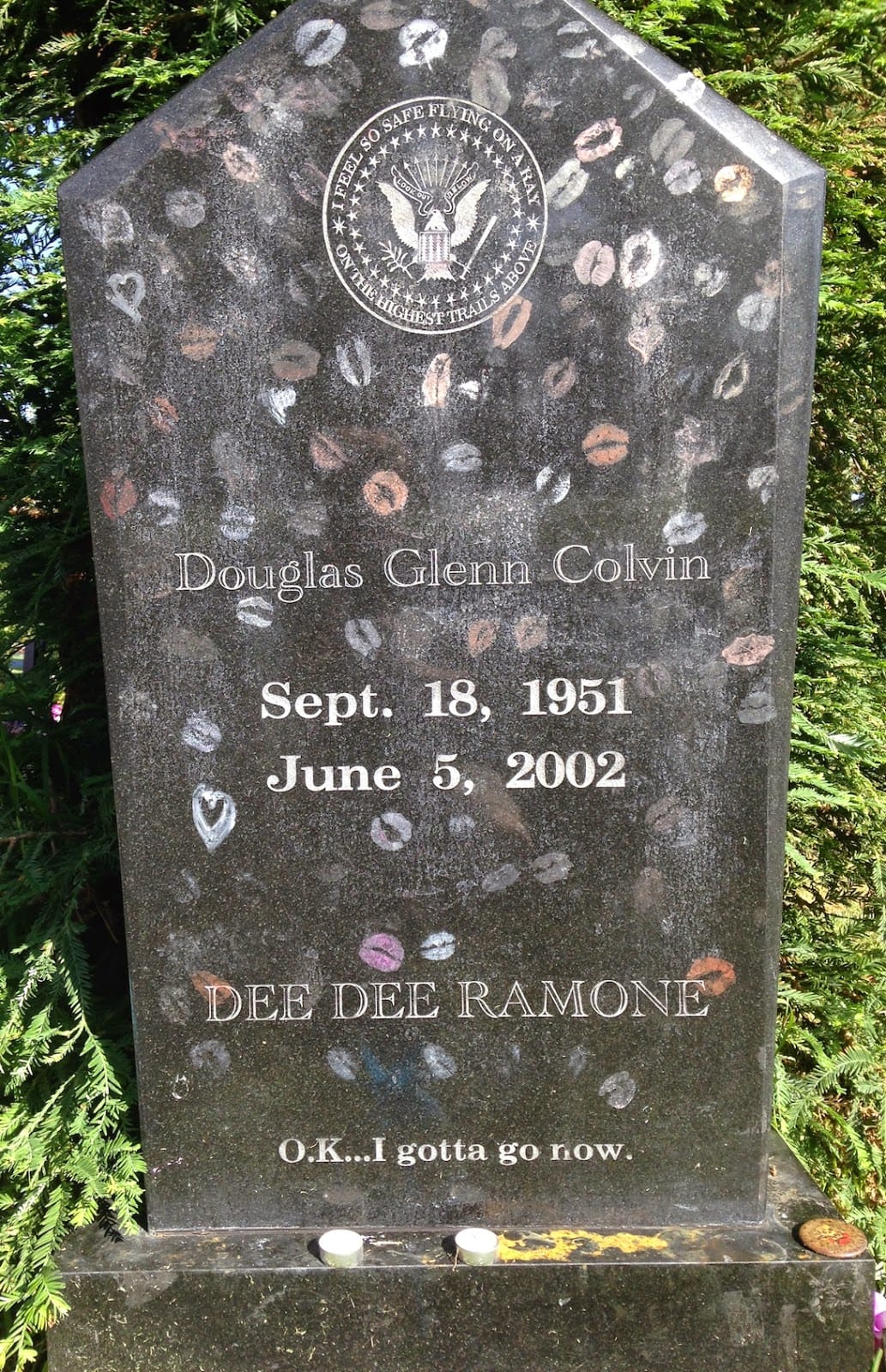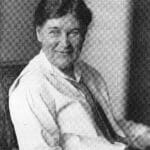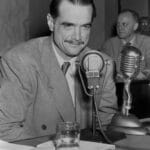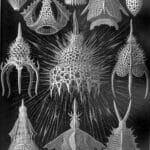Wernher von Braun, the controversial rocket scientist instrumental in the Apollo 11 moon landing, rests in Ivy Hill Cemetery, Alexandria, Virginia. His gravestone, inscribed with a poignant biblical verse, serves as a quiet reminder of a life intertwined with groundbreaking scientific achievements and the dark shadow of a controversial past. The inscription, Psalm 19:1, referencing the “firmament,” sparks debate and adds another layer of complexity to his already contested legacy. While celebrated for his contributions to space exploration, Von Braun’s past involvement with Nazi Germany’s V-2 rocket program continues to cast a shadow, even in his final resting place. This article explores the life, achievements, controversies, and final resting place of Wernher von Braun, a key figure in the space race whose gravestone serves as a point of reflection on his complex legacy.
The Enigma of the Inscription
Tucked away in the serene landscape of Ivy Hill Cemetery, von Braun’s simple headstone bears the inscription: “The heavens declare the glory of God; and the firmament sheweth his handywork.” This quote, taken from Psalm 19:1, has ignited a firestorm of interpretation. Does it suggest that von Braun, a man dedicated to unraveling the mysteries of the cosmos, subscribed to a geocentric worldview? Or does it speak to his personal faith, a testament to his belief in a higher power amidst the vastness of space? Some scholars suggest the inscription reflects his awe of the cosmos, a sentiment likely felt by anyone who has dedicated their life to exploring its boundless frontiers.
The inscription’s reference to the “firmament” has particularly fueled online discussions, especially within communities that interpret it as supporting a flat-Earth theory. This interpretation contrasts sharply with von Braun’s scientific achievements and understanding of space, further adding to the enigma surrounding his beliefs. It is a testament to the complexities of human nature – how a brilliant scientific mind might reconcile groundbreaking discoveries with deeply held, perhaps even conflicting, beliefs.
Von Braun’s Path: From Nazi Germany to NASA
Von Braun’s journey began on March 23, 1912, in Wirsitz, German Empire (now Wyrzysk, Poland). His early passion for rocketry led him to become a key figure in Germany’s rocket development program, culminating in the creation of the V-2 rocket during World War II. This period is marked by significant controversy due to the V-2’s use as a weapon, causing widespread destruction and suffering. This part of his life continues to fuel ethical debates about his legacy, raising uncomfortable questions about the ethics of employing scientists with questionable pasts.
After the war, von Braun and his team were brought to the United States under Operation Paperclip, a controversial program that recruited German scientists and engineers. If you are looking for a captivating read set in the 1880s Nebraska, look no further, explore the enchanting world of Willa Cather’s novel here. Von Braun’s expertise proved crucial to the American space program, leading to his appointment as director of NASA’s Marshall Space Flight Center. He played a pivotal role in developing the Redstone rocket, a significant step in America’s missile program, and later the Jupiter-C rocket, which launched Explorer 1, America’s first satellite in 1958. This success propelled him to the forefront of the space race, culminating in his leadership of the team that designed and built the Saturn V rocket, the vehicle that carried the Apollo 11 crew to the moon in 1969.
Ivy Hill: His Final Resting Place
Von Braun’s final resting place is in Ivy Hill Cemetery, located in the Rosemont Historic District of Alexandria, Virginia. Established in 1811 as a family cemetery and later chartered as a community cemetery in 1856, Ivy Hill is the final resting place for numerous notable figures.
Here’s a summary of the key details:
| Detail | Information |
|---|---|
| Name | Wernher Magnus Maximilian Freiherr von Braun |
| Birthdate | March 23, 1912 |
| Death Date | June 16, 1977 |
| Burial Location | Ivy Hill Cemetery, Alexandria, Virginia, USA |
| Inscription | “The heavens declare the glory of God; and the firmament sheweth his handywork.” (Psalm 19:1) |
“Firmament Sheweth His Handywork”: Deconstructing the Phrase
The phrase “firmament sheweth his handywork,” found in Psalm 19:1, expresses a profound idea. The vastness of the sky and the celestial dance of the sun, moon, and stars are seen as showcasing the handiwork of a creator. The word “firmament” itself, derived from the Latin “firmare” (to strengthen or make firm), referred to the perceived celestial structure, the heavens. While our understanding of the cosmos has evolved, the underlying message remains: the impressive display in the heavens may suggest an intelligent design.
Von Braun’s choice of this inscription adds another layer of meaning. It suggests that for him, scientific exploration and spiritual belief were not mutually exclusive. The wonders he witnessed in space may have reinforced his belief in a divine creator. This raises questions about the relationship between the order and complexity observed in the universe and the possibility of a higher power. Some scientists believe the universe’s finely tuned physical constants, which make life possible, are evidence of intelligent design. Others suggest these constants are a result of chance within a multiverse framework. This remains an area of active research and debate.
Various perspectives exist on the interpretation of this phrase:
| Perspective | Interpretation |
|---|---|
| Literal | The sky is a physical structure created by God, showcasing His power. |
| Metaphorical | The natural world, particularly the heavens, reflects the artistry and intelligence of a creator or higher power. |
| Scientific | The universe’s intricate design and physical laws are subjects of ongoing investigation and may have various explanations. |
| Personal/Spiritual | The beauty of the cosmos evokes a sense of awe and wonder, potentially leading to personal interpretations of meaning. |
A Complicated Legacy
Von Braun’s legacy is multifaceted and open to interpretation. His contributions to space exploration are undeniable, yet his past involvement with the Nazi regime remains a significant and controversial aspect of his history. Some historians suggest his wartime activities were primarily driven by a desire to advance rocket technology. Others point to his Nazi party membership as evidence of complicity. The truth likely lies somewhere in between, shrouded in the complexities of war and personal ambition.
Von Braun retired from NASA in 1972, leaving behind a complex legacy that continues to be debated and discussed. He remained a passionate advocate for space travel until his death in 1977. Ongoing research and the release of previously classified documents may shed more light on this enigmatic figure in the years to come. His gravestone, with its thought-provoking inscription, serves as a lasting reminder of the complex interplay of genius, morality, and the pursuit of knowledge. It invites continued contemplation on the marvels of scientific achievement, the ethical dilemmas that can accompany them, and the complexities of human nature.
- Senior at What Age: Benefits & Eligibility Guide - March 29, 2025
- Unlocking Senior Benefits: How Old is a Senior? Your Complete Guide - March 29, 2025
- Master Russian Politeness:A Guide to Saying Please - March 29, 2025
















